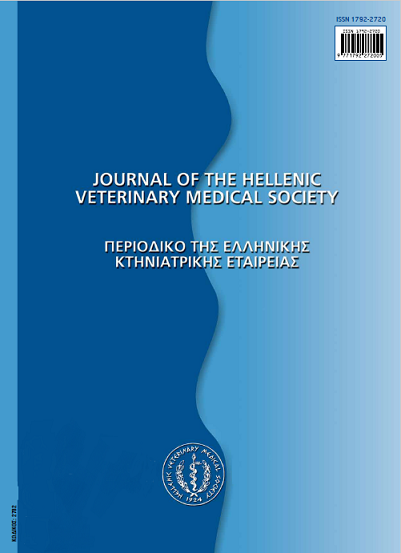Avoiding the risk of dissemination of brain particles into the blood and carcass during cattle stunning: alternative method of stunning
Résumé
During stunning, the entrance of the bolt into the cranial cavity results in massive brain tissue damage. There is a risk of brain tissue particles being transferred via the blood flow in the minor blood circulation system. This can lead to a contamination of blood, lungs and heart with the bovine spongiform encephalopathy (BSE) agent. Tissues of CNS carry almost all of the infectivity in catde sub-clinically and clinically affected by the BSE. The approved rapid post mortem tests cannot identify BSE infected animals early in the incubation period. Thus, it is not inconceivable that an animal with a negative rapid test result could, if stunned by a method that produced emboli, still have BSE-infected emboli dispersed through the venous blood stream, the lungs and the heart. This danger of contamination has been proved in several scientific studies. The ranking order of stunning methods in terms of decreasing risk for causing contamination is: 1. Pneumatic stunner that injects air. 2. Pneumatic stunner that does not inject air. 3. Captive bolt stunner with pithing. 4. Captive bolt stunner without pithing. Negligible or absent risk can be expected from nonpenetrative stunner and cardiac arrest stunning. For the time being, very few slaughterhouses in the EU implement the electrocution. Since the summer 2001, the first cardiac arrest stunning equipment has been operational in the continental Europe. Two systems for electrical stunning of catde are presented, which are in accordance with the UK and German regulations on the animal protection at slaughter. The replacement of the penetrative stunning method with the cardiac arrest stunning, in regions where the BSE is present, would prevent the risk of dissemination of brain particles into the blood and carcass.
Article Details
- Comment citer
-
RAMANTANIS (Σ. ΡΑΜΑΝΤΑΝΗΣ) S. (2017). Avoiding the risk of dissemination of brain particles into the blood and carcass during cattle stunning: alternative method of stunning. Journal of the Hellenic Veterinary Medical Society, 54(3), 230–235. https://doi.org/10.12681/jhvms.15263
- Numéro
- Vol. 54 No 3 (2003)
- Rubrique
- Review Articles
Authors who publish with this journal agree to the following terms:
· Authors retain copyright and grant the journal right of first publication with the work simultaneously licensed under a Creative Commons Attribution Non-Commercial License that allows others to share the work with an acknowledgement of the work's authorship and initial publication in this journal.
· Authors are able to enter into separate, additional contractual arrangements for the non-exclusive distribution of the journal's published version of the work (e.g. post it to an institutional repository or publish it in a book), with an acknowledgement of its initial publication in this journal.
· Authors are permitted and encouraged to post their work online (preferably in institutional repositories or on their website) prior to and during the submission process, as it can lead to productive exchanges, as well as earlier and greater citation of published work.



